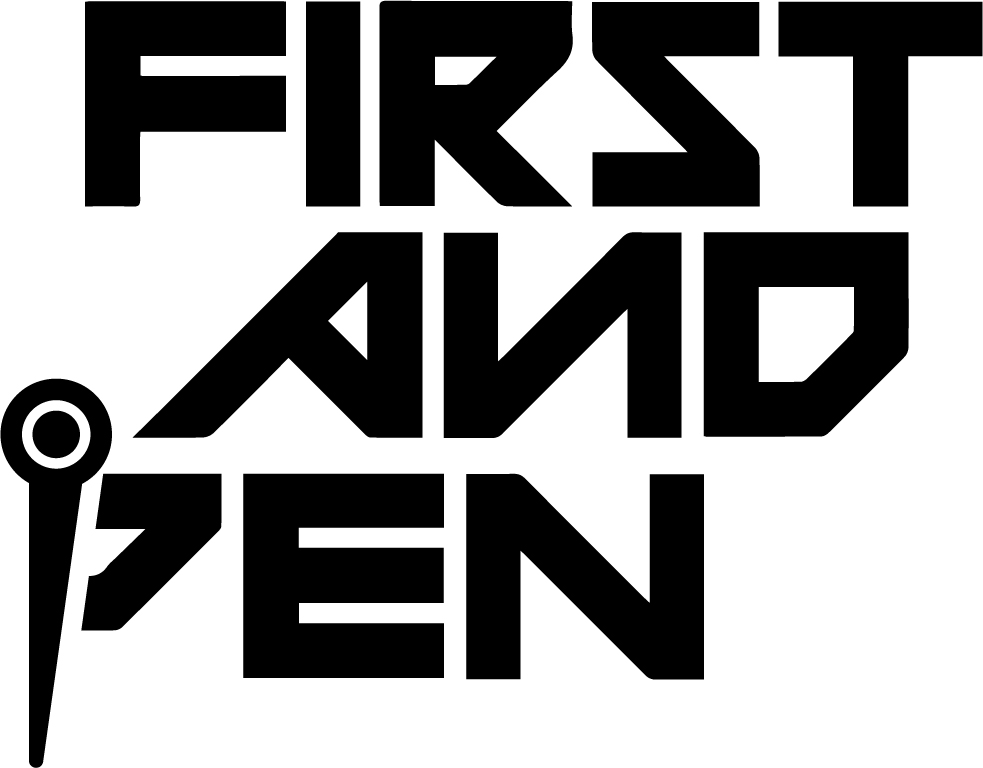To include and provide opportunities regardless of things like height, age, gender, religion, skin color or sexual preference unifies and strengthens groups, communities and companies. That’s the true purpose of Diversity, Equity and Inclusion (DEI) despite the cries by ignorant conservatives that it’s a means of bias and favoritism.
The same is true in sports. As it evolved and more barriers to entry were removed, it became a DEI vehicle providing more opportunities to those once prohibited from participating both on and off the field.
Black athletes couldn’t play quarterback as it was a “thinking” position.
Black people couldn’t be head coaches.
Black people couldn’t swim, play golf or tennis.
Nobody watches women’s sports.
All ridiculously racist and sexist stereotypes born out of fear and hate that have been dispelled over time.
Some schools, teams and organizations were quicker to right these wrongs. In some cases, it brought immediate success.
An interesting example of this comes from Penn State.
According to the school, the widely recognized “We are Penn State” call was first used by cheerleaders in 1976 as a way to motivate fans. Once a pause was added, it morphed into a “call-and-response from the stands” and the “We are….Penn State” chant was born.
But the school also notes that the call has ties to the fight against racism and segregation.
In 1946, Penn State was told to leave its Black players at home before playing against the then-segregated University of Miami. In response, the team voted to cancel the game.
The program encountered the same issue the following season.
They were invited to the Cotton Bowl but were told that its two Black players, Wally Triplett and Dennie Hoggard, had to stay at home. The team came together in the face of racism once again and refused the mandate. Team captain Steve Suhey reportedly said “We’re Penn State,” to demonstrate the unified program.
The entire team ultimately made the trip to the Cotton Bowl to play SMU in Jim Crow-operating Dallas, TX on January 1st, 1948, and the game became a historic moment in the fight to desegregate sports.
Triplett and Hoggard made history that day as the first Black players ever to play in the Cotton Bowl. Triplett, who caught the game-tying TD in the 13-13 game, would make even more history by becoming the first Black draftee to play in the NFL.
“We are Penn State” is more than a chant.
It’s a historic rallying cry that symbolizes unity; not just between fans at a football game, but also between teammates who, while don’t all look alike, move together as one.
So next time you hear it, recognize you’re hearing much more than a cheer.
You’re hearing a call to action.











